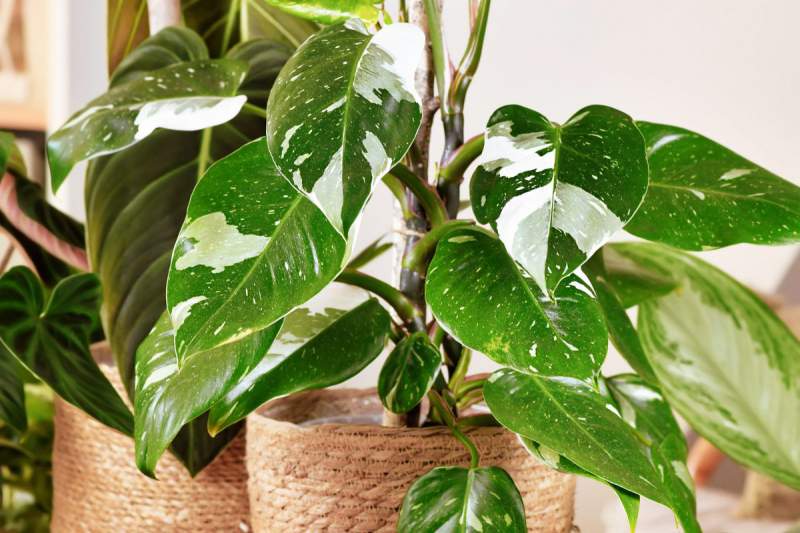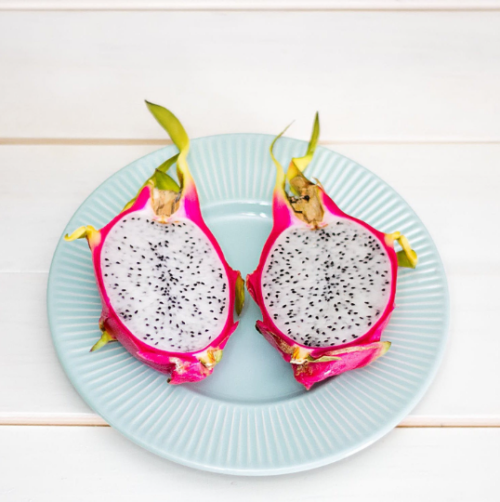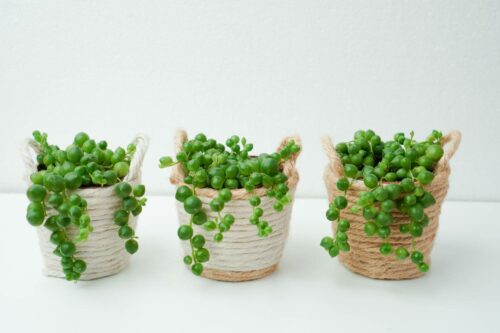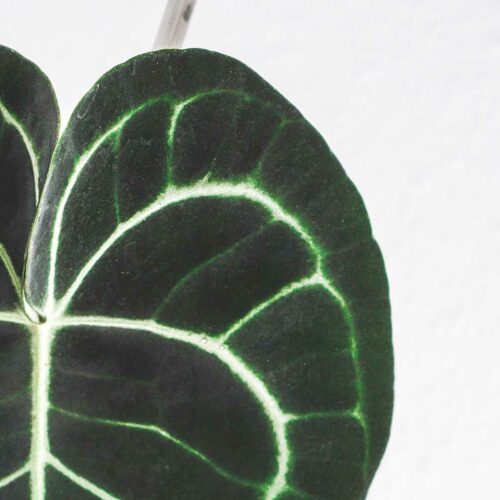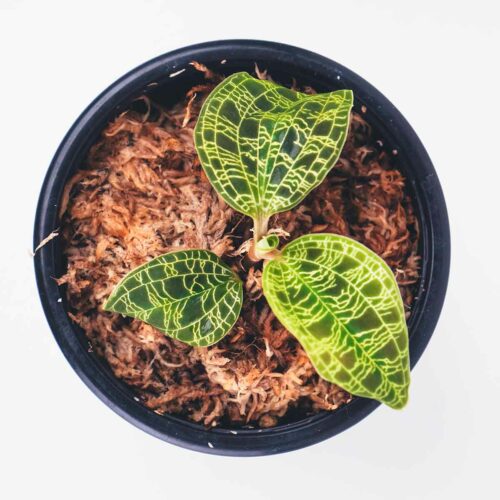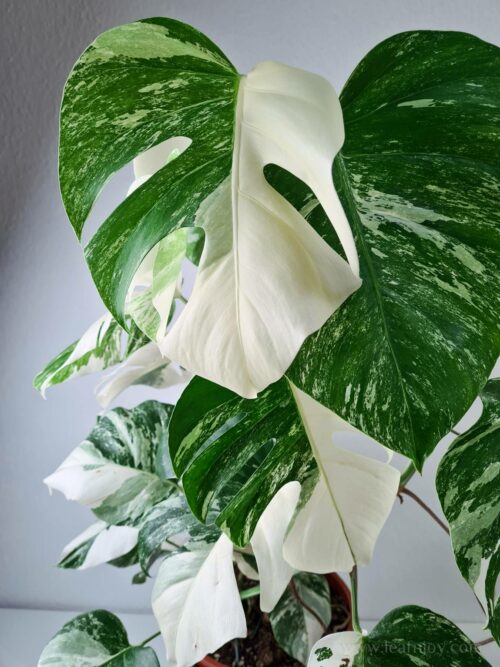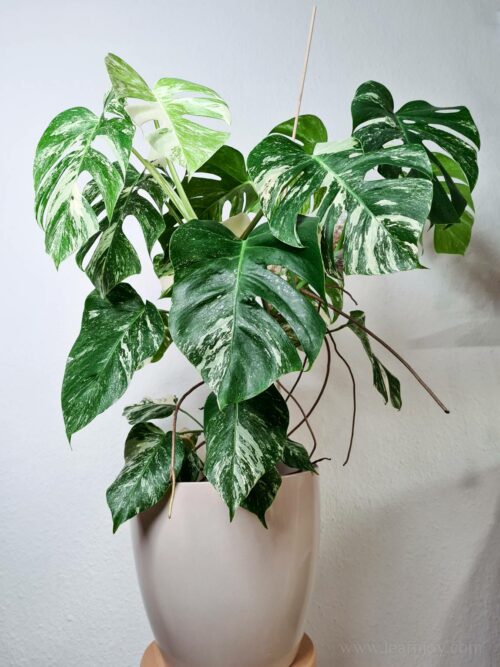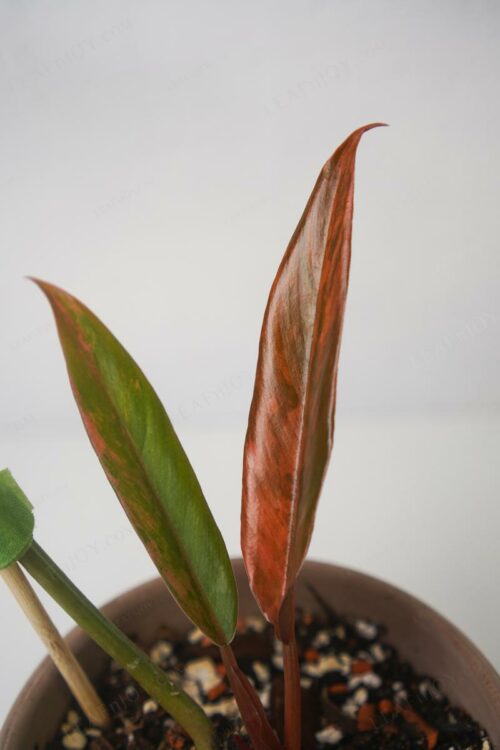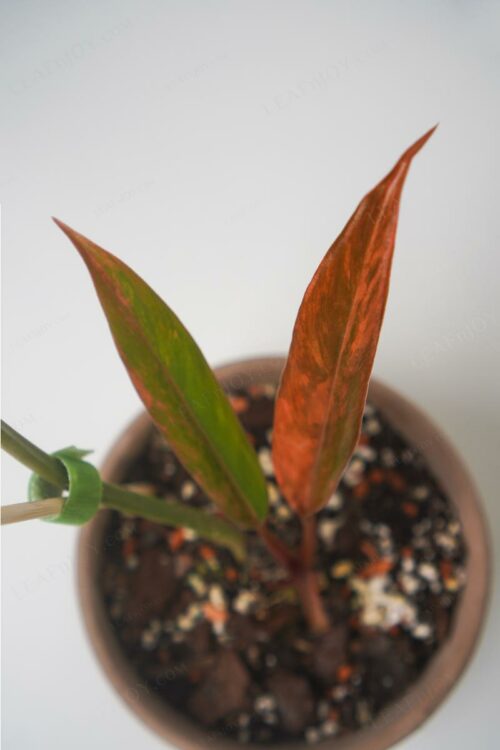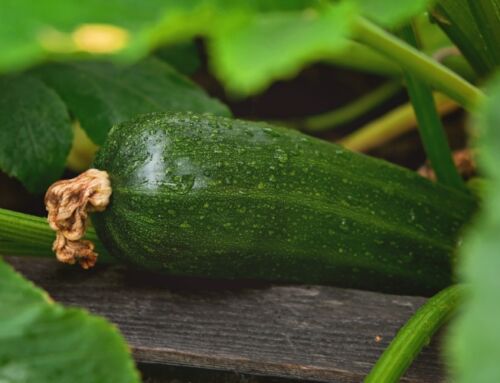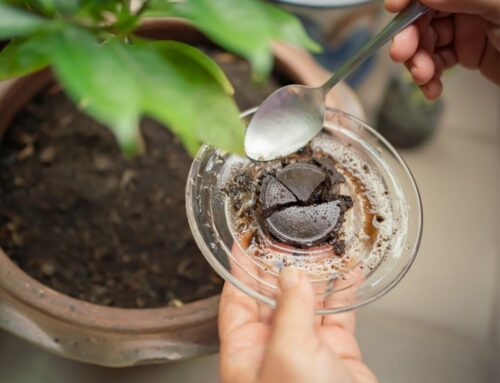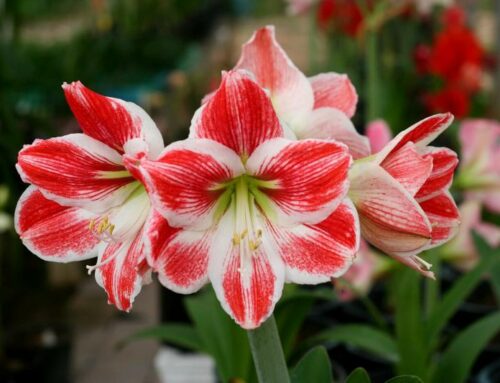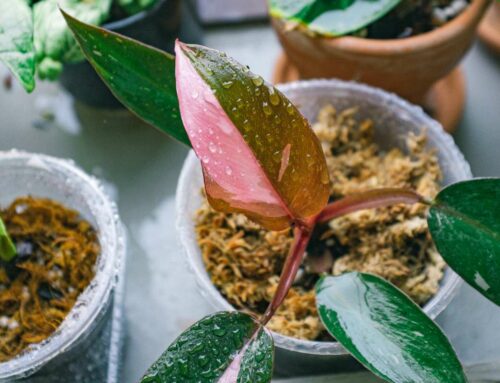If you are a plant lover, chances are you either own or have at least stumbled upon the Philodendron royal family. I.e. the Philodendron Pink Princess and the Philodendron White Princess.
These two stunning houseplants are extremely popular amongst plant enthusiasts and collectors because of their unique leaves and beautiful variegation. However, there is a mystery surrounding these two princesses that no one yet has managed to unravel.
Where did the Pink Princess and White Princess Philodendron come from?
Keep reading to find out the speculations behind the history of the origins of these two tropical plants.
This post may contain affiliate links. Read our Privacy Policy and Disclosure here.
The Philodendron Pink Princess is a climbing perennial Aroid plant that has dark green (almost burgundy black) leaves with incredibly colored variegation parts that range from bubblegum pink to light pastel shades.

The Philodendron White Princess, on the other hand, is quite similar to its cousin. This epiphyte has a light shade of green leaves and is characterized by its white and minty variegation patterns. Sometimes even, the Philodendron White Princess Tricolor is spotted: a White Princess Philodendron with striking pink blotches on its leaves.

The Origins of Philodendron Pink Princess and White Princess
Both, the Philodendron Pink Princess and White Princess have unknown origins. What does this mean?
This means that it is yet unclear whether these two tropical plants were man-made or whether they occurred as a natural mutation. The majority of the tales, however, suggest that neither Philodendron has naturally occurred and that both are a product of cross-breeding.
How many different Philodendron varieties are out there? There are over 400 recognized species of the Philodendron genus thus far. Are they all natural? No.
The Philodendron White Princess and the Pink Princess are hybrids of the cultivar Philodendron erubescens. P. Erubescens has been originally found in Columbia. Erubescens is a Latin word meaning “Blushing”, how very fitting for the two blushing beauties then!
Although it is very possible that both plants occurred as a spontaneous mutation of P. Erubescens, most are skeptical and think that they have a person that created them.
So who hybridized the P. Erubescens and created the Pink Princess and the White Princess? The mystery remains as neither plant has registered patents or any traces about its ancestors, or well,… creators.
The tale about the royals goes that they were the results of multiple cross-breedings of a plant-lover, Robert McColley in the 1970s. Well, not just a plant-lover, alright. It was a specified Philodendron breeding facility taking place in the 1970s in Florida.
As a result of his crossbreeding program, Robert McColley has created and patented multiple Philodendron mutations. Many plant enthusiasts credit him for creating thousands of hybrids that we all get to appreciate to enjoy. For example, you might have heard of the Philodendron Majesty, the Philodendron Pincushion miniature, or the Philodendron ‘McColley’s Finale’ the last patented work of the plant-creator.
So what happened to the Princesses? Speculations go that in a craze and chaos of new hybrids being born, not all plants that McColley created got patented or recorded.
I mean sounds reasonable. Creating thousands of different hybrids does sound hectic and it’s understandable how one might lose track of them.
So how did Robert McColley create new plant hybrids? He would crossbreed not one, not two but whole generations of plants. Whenever the specimen created was to his liking, he would send it for further cloning (think: tissue culture).
But tissue culture is not always a 100% thing. Why? Because whenever the conditions in TC aren’t sterile, contamination, thus plant cell mutation can take place.
And here the mystery continues: whether Robert McColley cultivated the Philodendron Pink and White Princess intentionally or whether they are the result of a TC environment gone wrong – remains to this day unclear.
Is the variegation on the Philodendron White Princess and Pink Princess stable? I.e. can these plants revert? Unfortunately, neither the Pink Princess nor the White Princess have stable variegation. This means that even when created in tissue culture, the variegation can revert, resulting in all green plants. That is why these plants are currently moderately priced.

